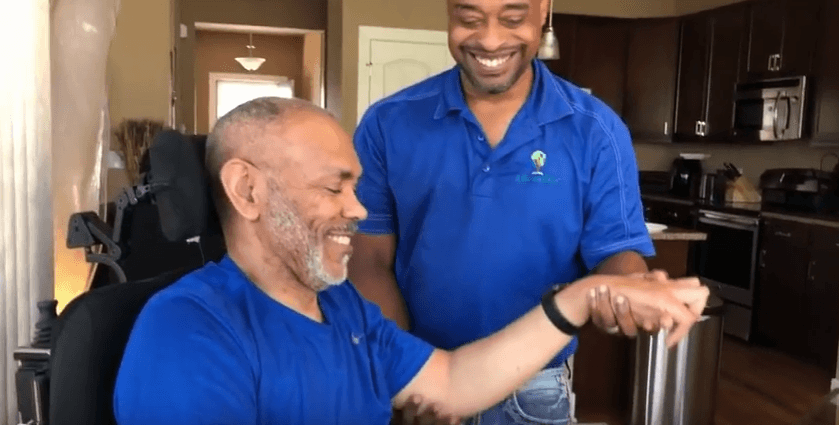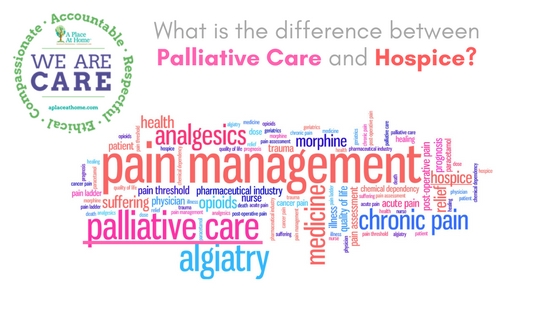Over a year ago, veteran Jeff Wesson began experiencing the devastating effects of multiple sclerosis, a disabling disease of the central nervous system. His physical health quickly decelerated and he was soon unable to walk or move his arms.
“My body was completely stiff. I suddenly didn’t have control over my own body and I just felt completely helpless,” Wesson expressed. “I had dedicated my career to helping others and now I could barely help myself.”
According to WebMD, multiple sclerosis, or MS, is a long-lasting disease which disrupts the flow of information within the brain, and between the brain and body. MS can cause problems with vision, balance, muscle control, and other basic body functions.
As his life was seemingly falling apart, Wesson found refuge in A Place at Home. “I couldn’t perform basic tasks, I needed consistent help and that’s when A Place at Home stepped in. They provided me with the care and support I needed to be able to stay home,” Wesson said.
Due to Wesson’s debilitating condition, he needed daily assistance but he quickly found himself trapped in a corner when he was unsure how he would continue to afford in-home care. “I absolutely loved the services I was receiving from A Place at Home, but I didn’t know how I was going pay for it all. It just wasn’t something I could sustain for very long without assistance.”
Wesson expressed his concerns with his caregiver, William Chamberlain (now Senior Service Coordinator), who is also a veteran. Having experienced disability himself, Chamberlain knew that Veteran Affairs could help pay for Wesson’s care.
This conversation spurred into A Place at Home’s Client Service Coordinator, Aubre Philips (now Director) reaching out to the MS Foundation and Veteran Affairs which ultimately led to grants and government assistance aiding Wesson in paying for his care.
“Aubre went above and beyond to help me out. I didn’t have to do anything. She just genuinely cared and she did everything she could to ensure I could continue to receive the care that I needed,” Wesson expressed with gratitude.
Since he was able to continue his care, Wesson made major progressions over a six-month time frame. “When we first got Jeff, he was unable to stand or walk – he couldn’t even move his arms,” Chamberlain exclaimed. “But through physical therapy, he not only regained movement in his arms, but, with assistance, he was able to walk again.”
While there is no cure for MS, treatment typically focuses on speeding recovery from attacks, slowing the progression of the disease and managing MS symptoms.
“They helped me achieve things I never thought I would be able to do again. Without A Place At Home, I wouldn’t be able to move the way I can now. They helped me get movement back, but more importantly, they restored my hope,” Wesson said.
A Place at Home is dedicated to providing a continuum of care for seniors across the nation. Our clients are more than clients – they are family. If you or a loved one need assistance, contact us today so that we can help ease the aging process.



